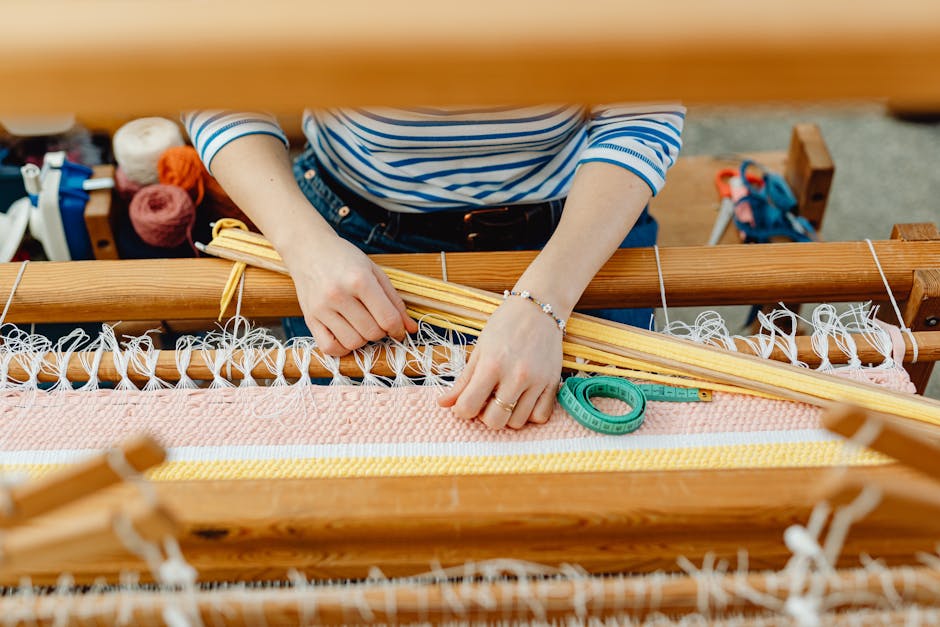From Field to Fashion: The Journey of Creating a Hemp Top
Introduction to hemp tops
Hemp is a versatile plant that has been used for centuries in various industries. Hemp tops are gaining popularity due to their eco-friendly and sustainable nature. Hemp tops are clothing items made from the fibers of the hemp plant. These tops are known for their durability, breathability, and softness, making them a comfortable choice for everyday wear. They are also biodegradable, which means they are better for the environment compared to traditional clothing materials.
Cultivation and harvesting of hemp
Hemp plants grow fast and require minimal water and few pesticides, making them an eco-friendly crop. After about 4 months, the hemp plants are ready for harvesting. The process involves cutting down the plants and gathering them in bundles. The hemp stalks are then left to dry naturally for a few weeks before they are processed further for fiber extraction.
Processing hemp fibers
Hemp fibers go through several stages before becoming fabric for clothing. Firstly, the hemp plants are harvested and left to dry. Next, the fibers are separated from the plant through a process called retting, which involves soaking the plants to break down the natural glue that holds the fibers together. After retting, the fibers are scutched and hackled to remove impurities and straighten them out. Finally, the cleaned fibers are spun into yarn or thread, ready to be woven into the desired fabric.
Designing and pattern making
When designing a hemp top, the first step is to create a detailed pattern. This pattern acts as a blueprint for the garment, ensuring it fits well and looks stylish. To start, designers sketch out the design on paper, considering the fabric’s properties and the desired fit. Then, they create a muslin prototype to test the pattern before cutting into the hemp fabric. Precision is key in pattern making to achieve a well-fitting and visually appealing hemp top.
Sewing and assembling the hemp top
To sew and assemble the hemp top, start with cutting the hemp fabric into pattern pieces according to the design. Use a sewing machine or needle and thread to stitch the pieces together. Attach any additional elements like buttons or zippers as needed. Finally, press the seams for a neat finish. Remember to follow the pattern instructions carefully to ensure a well-made hemp top.
Dyeing and printing techniques
Dyeing and printing techniques can add unique colors and designs to hemp fabric. Different methods like natural dyes, screen printing, and block printing are commonly used. Natural dyes are eco-friendly and can create earthy tones, while screen printing allows for precise patterns. Block printing involves stamping designs onto the fabric. Each technique offers a creative way to enhance the appearance of hemp tops.
Quality control and testing
When creating a hemp top, quality control and testing are crucial steps in ensuring the final product meets standards. Hemp garments undergo rigorous testing to assess factors like durability, colorfastness, and fiber strength. Quality control measures help confirm that the hemp fabric used is of high quality and suitable for clothing production. Testing may include:
- Durability checks
- Colorfastness assessments
-
Fiber strength evaluations
These tests ensure that the hemp garment is not only fashionable but also long-lasting and sustainable.
Sustainable practices in hemp top production
Making hemp tops involves using sustainable practices that have a positive impact on the environment. Hemp is a versatile plant that requires very little water and grows quickly without the need for chemicals. During production, hemp fibers are biodegradable and can be recycled, contributing to a more eco-friendly process. Additionally, some companies use organic farming methods to cultivate hemp, further reducing the environmental footprint. By choosing hemp clothing, you are supporting a more sustainable approach to fashion production.
From production to retail: distribution and marketing
Marketing a hemp top involves creating a unique brand identity. Companies often focus on sustainability and eco-friendliness in their marketing campaigns to attract environmentally conscious consumers. Distributors play a crucial role in getting the product into stores both online and in malls. Retailers must effectively display the hemp tops to catch the eye of potential customers. By managing the distribution and marketing well, companies can increase their hemp top sales and reach a wider audience.
Conclusion: Embracing sustainable fashion with hemp tops
By choosing to embrace sustainable fashion with hemp tops, you contribute to reducing the environmental impact of the fashion industry. Hemp tops are not only stylish but also eco-friendly, as hemp is a highly sustainable crop that requires less water and no pesticides to grow. Additionally, the durability of hemp fabric ensures your clothing will last longer, reducing the need for frequent replacements. Making a conscious choice to include hemp tops in your wardrobe not only supports ethical fashion practices but also promotes a more sustainable and environmentally friendly future in the fashion industry.


